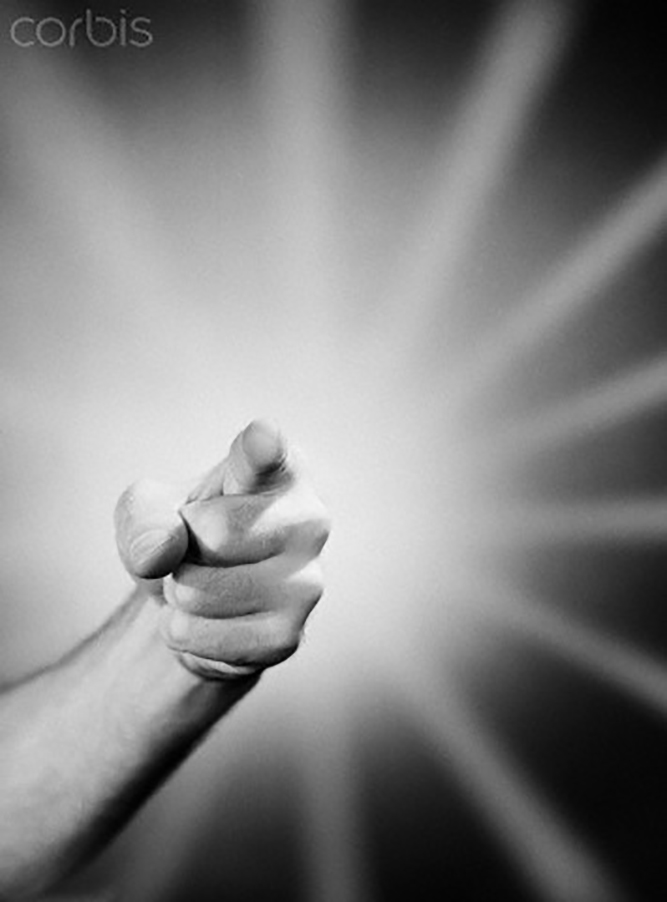
On Christmas Day in 2006, Time Magazine published its annual “person of the year” issue, with a strange twist: they didn’t actually select a person. Instead, the cover featured a photo of a computer, on top of which lay a small, reflective paper rectangle — a makeshift mirror floating above a single, captivating word: You.
Nodding to the then newly-minted capacity to customize one’s online presence, this comparatively brazen editorial conceit perfectly captured a sense of where things appeared to be heading. American culture stood at that moment on the precipice of a new, self-obsessed democracy: for the people and by the people — and photographed by the people, too. With that seminal issue, we were told to get ready for our close-up, and get ready we did.
We took the bait, eager to recalibrate a kind of carpe diem for this, our brave new world. Over the ensuing years, we dug ourselves in deeper: we posed and we posted, crafting public autobiographies that were perhaps less a function of who we were than what we aspired to be. Digital posture became our new religion. We hovered expectantly from post to post, pumped up on clickable hearsay, self-appointed ambassadors of our own tautological tales. The culture of “you” soon shifted — from collaborative filters and customizable metrics into the closed feedback loops of so much social media, and before long, we were awash in self-referential data feeds of pokes and likes and tweets. Fast and unforgiving, we kept on keeping on, only to find ourselves, over time, trawling in a counter-Copernican spiral of irrepressibly parochial circuitry.
Time, as it turned out, got it all wrong. It wasn't about you at all: it was about me.
Today, a mere eight years after that seminal Christmas cover, the photographs posted on Instagram (bearing, it must be said, the stunningly unimaginative tag #me) currently number in the hundreds of thousands. Photographing oneself has become a singular pastime, an instantly rewarding yet indisputably time-sucking activity poised somewhere between narcotic and sport. Welcome to the new narcissism: look at me, like me, comment and retweet and hashtag me. Warhol's “fifteen seconds of fame” has effectively devolved into a serially renewable data plan. This is selfie culture, writ large.
Ah, the selfie. Could there be anything more culturally pervasive — and more achingly masturbatory? And what purpose does it serve, other than to remind us how reflexive we've become, how reflective we've ceased to be? Has the mesmerizing reality of that pernicious inward gaze — that rhetorical pointing finger — become so seductive that we've lost sight of a bigger picture, a world beyond ourselves?
To look just a moment at this fist, practically fluttering in jazz-hand dynamism, is to wonder how it is that the hand — which Aristotle once called the “instrument of instruments” — can be so visibly detached from the body, so immeasurably removed from the soul. (How ironic, too, that it is the finger itself — the very digit — lies at the core of the word digital.) Glowing like a cartoon angel, fingers flexed in a pistol-like grip, it’s as though a headless usher is cueing you to perform. The invitation is subtle, enigmatic, at once a prayer and a provocation. Take a picture of yourself, it says. Go on: take ten.
Perhaps eventually we will come to recognize that the capacity to iterate one's own likeness does not, in and of itself, constitute a gesture of greater self-knowledge. (“Each in the cell of himself”, wrote W.H. Auden, “is almost convinced of his freedom”.) To persist in the act of self-documentation is, arguably, the opposite: tethered to the screen, the distributed presence of so many portraits results not in the clear so much as the curated self: reverse-engineered, staged and stilted, it’s a portrait by proxy: a manufactured me. At turns experimental, cryptic and fundamentally disingenuous, such forms of expression remain, nonetheless, governed by the spirit (if not necessarily the skill) of their well-intentioned but often rudderless authors. The finger may point — but where, in the end, does it lead?
This essay was originally published by the Hillman Photography Initiative at the Carnegie Museum of Art, which investigates the life cycle of images: their creation, transmission, consumption, storage, potential loss, and reemergence. For more on the Initiative and to offer public commentary on this image, click here.

